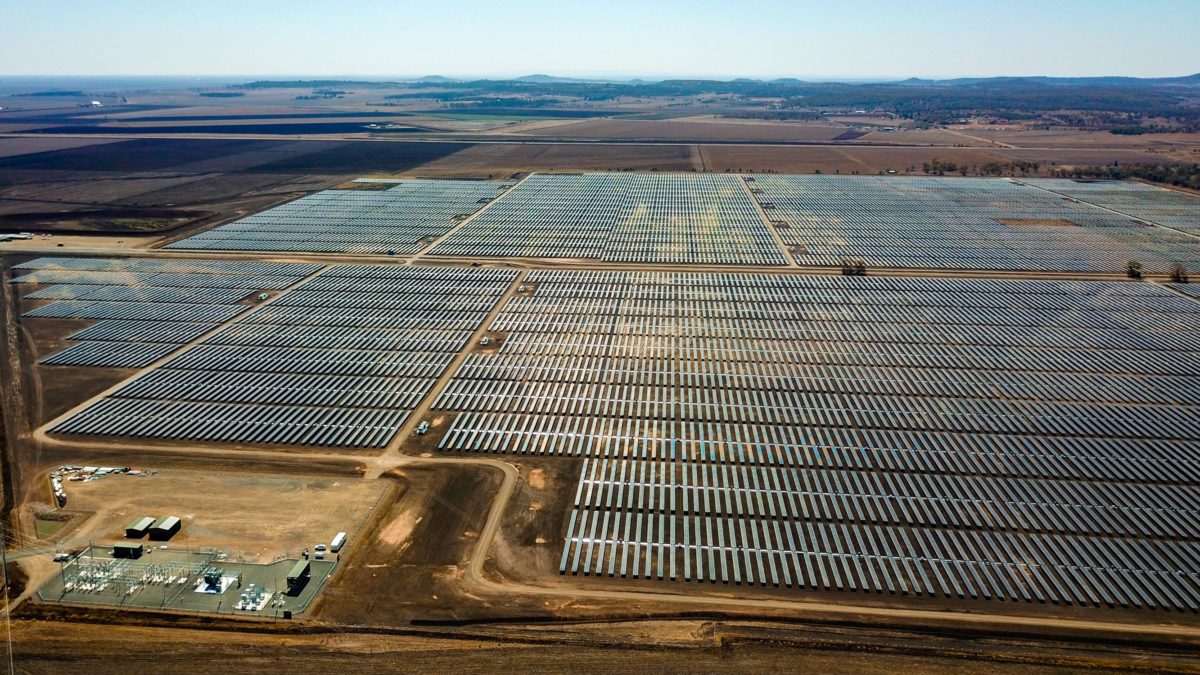On quick inspection, Rela looks like a solar lease buyout company – which it is – but its scope, especially for new projects, travels deeper. The company has set up what it describes as a “marketplace” for willing landholders and developers, working to facilitate between the disparate spheres of farming and renewable energy.
In a way, the model is an inversion of the business-as-usual approach. That is, interested landowners approach Rela, it then assesses the viability of their property as a developer would – considering things like grid connection points and capacity, solar and wind resources. If the property is suitable, Rela approaches developers in a closed tender format, iterating the requirements of the landholder, be they timing constraints or the need to continue grazing animals. If a match is made, Rela continues to work with the landowner to assess proposals, table lease contracts and manage the process.
“We bring the same skillset as the developer, but to the benefit of the landowner,” Rela cofounder and director Michael Katz tells pv magazine. “For the marketplace to function, landowners need to be equipped with same resources and knowledge as the developers have.”
Broadly speaking, the philosophy behind the company centres on the idea that by better informing landowners, greater confidence and trust can be developed and this ultimately helps realise superior projects more smoothly.
This same sentiment was largely borne out in a review published by the New South Wales government in March into the renewable sector’s land use conflicts with agriculture. In the review, the government said far more effort needs to go into providing “accessible” information to landholders and their communities. It suggested both governments and the renewable energy sector should publish standard agreement ‘templates’ as well as timely indicative lease prices to boost transparency.
Both Katz and his cofounder and co-director Eren Rimmer have backgrounds in renewables, and saw their industry knowledge could be leveraged to make projects happen in a different way. Rela, they say, has “struck a cord” with landowners, but developers have also been excited by the concept since it cuts the notoriously tricky human aspect of their workload.
In the three years since its inception, Rela has done preliminary work on around 100 projects, and 20 in detail. Most of that time though, Katz and Rimmer point out, has gone into setting up the legal structure which underpins the model. It has also taken considerable time to build the company’s database of “reputable” developers to take part in these closed tenders.
The other component of Rela’s business buying out solar leases on preexisting projects. Again, Rela’s role here is primarily as facilitator, though this time between host landowners and superannuation funds eager to increase their renewable holdings. This set up is quite straight forward: hosts get a lump sum payment from the superfund calculated according to their contract, the superfund then gets the project’s ongoing lease payments redirected to them, and Rela takes a 4% cut.
Queensland farmer Belinda Saal recently completed this process for the 103 MW Yarranlea Solar Farm hosted on her property. Saal was initially approached by a different solar lease buyout company, LDC Infrastructure, but under its model she had to pay capital gains tax upfront.
Instead, Saal opted to go with the scheme where that tax was averaged over the 30 year lease term and paid incrementally – an option offered by Rela, a product of work its done with the tax office.
As is normally the case with renewable leases (though often surprising to landowners), Saal was keenly aware her contract allowed Yarranlea’s owner, Risen, to give 12 months notice should it want to decommission the solar farm. Looking at interest rate rises and general global instability, Saal tells pv magazine Australia, “there was just no guarantee that we would have that income for the next 28 years of our lease.”
For her, having that money in the pocket today seemed better. “It just takes the risk out of it, from our point of view.”
Superannuation funds, Rimmer says, are mostly happy to take on this risk since they generally have a mandate to invest in 200 or so projects. Spread across a big portfolio, of course, risk softens.
Risen Australia’s CEO Archie Chen says both Rela and the buyout concept was initially new to them, but he now sees it as a “win win.” In fact, Chen told pv magazine Australia the buyout slightly improved the bankability of Yarranlea.
“It fundamentally doesn’t change anything for us,” Chen said, in regard to where the lease payment is sent, so for Risen there was no downside, a slight upside and a content host.
This type of financial rearrangement on preexisting projects generally takes about two months, according to Rimmer.
This content is protected by copyright and may not be reused. If you want to cooperate with us and would like to reuse some of our content, please contact: editors@pv-magazine.com.









By submitting this form you agree to pv magazine using your data for the purposes of publishing your comment.
Your personal data will only be disclosed or otherwise transmitted to third parties for the purposes of spam filtering or if this is necessary for technical maintenance of the website. Any other transfer to third parties will not take place unless this is justified on the basis of applicable data protection regulations or if pv magazine is legally obliged to do so.
You may revoke this consent at any time with effect for the future, in which case your personal data will be deleted immediately. Otherwise, your data will be deleted if pv magazine has processed your request or the purpose of data storage is fulfilled.
Further information on data privacy can be found in our Data Protection Policy.